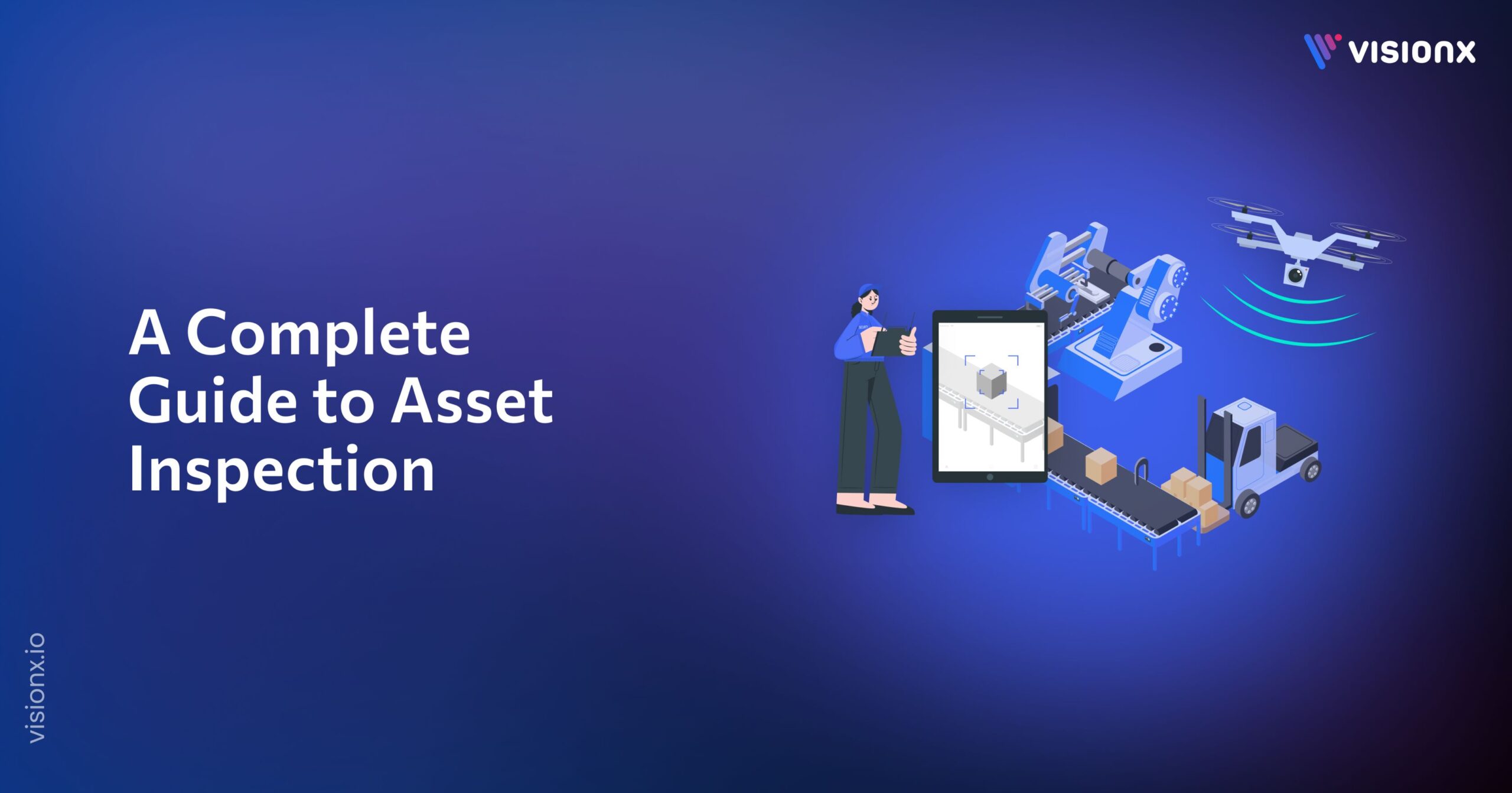The mobile app ecosystem has exploded over the last decade, with millions of apps across iOS and Android driving substantial value for tech companies. Recognizing the massive growth and revenue potential in mobile, investors increasingly want exposure to this domain.
Recent reports show that global funding for mobile app startups has surged over 300% since 2016. Prominent VC firms like Sequoia, Accel, and Kleiner Perkins have actively funded unicorns like Instagram, Uber, and Clubhouse which demonstrate the lucrative exits possible via smart mobile apps.
This creates a unique moment for mobile app entrepreneurs to capitalize on access to funding. But standing out amongst the noise and convincing investors to back your mobile venture requires strategic positioning and an effective pitch.
This article will distill key best practices mobile app startups can adopt across areas like crafting a business plan, putting together an advisory board, developing prototypes, identifying the right investor fit and acing the final pitch.
Implementing such mobile app investors relations strategies tailored to the early-stage ecosystem increases the odds of successfully unlocking growth capital.
1. Craft a Convincing Business Plan
The business plan is the cornerstone of any funding request. Mobile app investors will scrutinize this document closely to assess if your venture merits investment. Ensure your plan sets the right tone from the start by including these key components:
Conduct in-depth market analysis by researching the target market size, growth trends, key competitors, and potential substitution threats. Interview potential customers to validate needs and estimate realistic addressable market share you can capture. For example, ride-sharing apps like Uber and Lyft built models based on the $100B annual taxi and rental car market, backed by primary consumer research.
Provide multi-year financial projections including detailed P&L statements, balance sheets, cash flow statements and KPI forecasts. Tie these back to your monetization levers and pricing strategy. For instance, dating app Tinder projected hitting $450M in revenue by 2020 in its Series A pitch off its rapidly growing user base.
Highlight specific monetization tactics like your pricing structure, subscription tiers, ad and sponsorship opportunities, and transaction fees you will charge. Benchmark against alternatives delivering similar value. Meditation app Calm justified its subscription fee by comparing it against yoga classes and Starbucks coffee.
Outline post-funding operating plans across user acquisition strategies, hiring goals, and budget allocation by key objectives like product buildout, marketing, and geographic expansion. Apps like Uber dedicated funding towards technology, operations, marketing, and subsidizing supply and demand.
Together these critical pieces provide the validation institutional mobile app investors look for during diligence.
2. Sell Your Vision Convincingly
The most compelling apps provide elegant solutions to meaningful problems. Pitching early-stage investors requires zooming in on a few key elements – the pain points you address, target users, unfair advantages, and defining features.
Start by quantifying the specific customer problems your app solves. Provide real examples of frustrations and use case scenarios based on primary user research. Benchmark the frequency and severity of these consumer needs as well as size the market opportunity. For example, Uber emphasized the systemic problems of taxi shortages, difficulty hailing rides, and volatile price surges while detailing billions spent annually on taxi services.
Next, detail your beachhead target user demographic and why they would embrace your app. Describe their needs, behaviors, and values to showcase product-market fit. For instance, the early dating app Tinder highlighted how urban millennials were active in online dating but needed an alternative to incumbent players, which Tinder provided via its gamified and visually focused experience.
Pivot to convey the one or two key sources of your app’s unfair advantage over potential competitors. Explain why your app’s ‘secret sauce’ delivers a 10X better user experience thanks to proprietary technology, unique data assets, or other barriers to entry. Social sharing app, Snapchat claimed disappearing messages and privacy as core differentiators compared to platforms like Facebook.
Lastly, visually walk through your app’s standout features and user flow using screenshots, mockups, and summaries of the intended user experience. Use metrics to back up engagement and retention potential as Instagram did when showing early traction alongside its photo filtering capabilities.
Focusing app investors on the problem, target segment, unfair advantage and product in this narrative framework spotlights the purpose and vision for your mobile app during your capital raising journey.
3. Build an All-Star Advisory Team
Building an all-star advisory board can significantly strengthen your pitch to mobile app investors. Prioritize recruiting industry experts, operators, and sometimes investors into advisory roles early on.
Leverage advisors to validate your market projections, technology approach, and operating plan based on their domain expertise. Ask them to highlight your team’s potential as well as compare you favorably against other opportunities in their networks. This third-party credibility goes a long way.
Once bought into the vision, request advisors to activate their investor networks by making personal introductions and sharing due diligence notes. Top-tier VCs take such referral traffic seriously. Advisor KOLs also lend their personal brand by participating in investor meetings.
Stacking your advisory board with respected experts and cultivating authentic excitement around your mobile app development demonstrably moves the fundraising needle.
4. Create Prototypes and Demos
Turning an app idea into reality depends tremendously on execution skills. App Investors will be keen to assess your ability to build a scalable product.
Develop clickable prototypes and design mockups to effectively showcase your app’s user flow and standout features beyond just descriptions. Tools like InVision, Marvel, and Figma allow easy crafting of demonstrable app prototypes.
As resources permit, also create an initial MVP version highlighting must-have functionality and core technology to convince stakeholders your team can deliver. Gather feedback from initial test users on usability as well.
Providing interactive demos and evidence of user traction goes a long way compared to mere slideware. Quantify active usage, retention and NPS numbers if possible. Demonstrate infrastructure technical architecture and capacity plans on how you will handle scale.
Essentially, assemble concrete artifacts and data demonstrating your execution skills in addition to projecting future potential. This builds critical app investor confidence in your ability to create value.
5. Identify the Right App Investors Fit
Rather than mass-blasting the same generic pitch, savvy founders research and identify best-fit app investors to maximize the odds of capitalizing on their mobile apps.
Begin by analyzing venture capital firms and angels focused on the mobile space via tools like Crunchbase. Within each target investor, review published investment theses and portfolio commonalities for alignment with your vertical, business model, and demographic appeal.
Adapt your messaging and deck to prominently reflect how pursuing your startup allows backers to deliver against fund objectives and personal interests. Connect your solution to trends VCs highlight as areas of focus. Signal through case studies how you empower underserved communities they care about. Essentially customize positioning around investor mandates.
Thoughtful investor targeting also allows preempting objections by addressing typical concerns like market timing or geographic fit based on specific firm patterns. Founders who pitch investors on why backing their mobile app achieves the objectives institutional VCs themselves publish tend to progress more promising dialogues.
6. Follow Best Practices in Fundraising
Beyond identifying and convincing the right investors, founders should prepare for the entire capital-raising process by adopting proven tactics.
Hone an investor-grade 10-15 slide pitch deck that crisply covers the traction, product differentiation, business model mechanics, projections, and team details venture capitalists seek. Graphically showcase prototypes and market adoption momentum. Refine content and flow based on advisor and friendly investor feedback before sending it out.
Proactively develop and have ready typical legal documents like term sheets, shareholder agreements, and valuation methodologies to progress negotiations faster with interested parties. Consider tradeoffs of proposed terms in advance.
Exercise strategic patience and discipline as term sheet discussions start to materialize. Avoid compromising too much early equity or control unless investors clearly justify requests and can validate disproportionate value-add. But simultaneously recognize when compelling partnerships merit flexibility.
Preparation and alignment as described here enable smoothly leveraging investor meetings into closed rounds, allowing mobile app entrepreneurs to focus on customers and products instead of fundraising.


